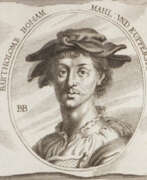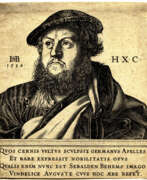Painters Little Master
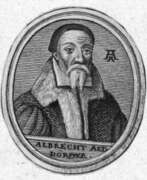

Albrecht Altdorfer, a notable German painter, engraver, and architect of the Renaissance era, was especially recognized for his contributions to landscape painting. Born around 1480, Altdorfer was a pivotal figure in the Danube School, distinguishing himself with his integration of natural landscapes into biblical and historical narratives.
His works are celebrated for their detailed and expressive landscapes, often serving as backdrops to religious and historical scenes. A hallmark of his style is the emotional intensity and vivid use of colors, which border on expressionistic in his religious scenes, particularly seen in works like the Sebastian Altar in St. Florian's Priory. Altdorfer's painting, "The Battle of Alexander at Issus," stands out for its epic portrayal of Alexander the Great's victory, showcasing Altdorfer's talent in blending historical narrative with dramatic landscape settings.
In addition to his artistic pursuits, Altdorfer was actively involved in the civic life of Regensburg, serving as its mayor in 1528. His legacy in the art world is profound, with his innovative approach to landscape painting influencing the course of European art.
For those interested in delving deeper into Albrecht Altdorfer's oeuvre or staying informed about related exhibitions and auction events, signing up for updates can provide valuable insights and opportunities.
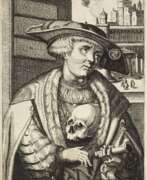

Jakob Binck / Bink, a German artist, was skilled in engraving, etching, painting, and medal making. He worked for various courts in Northern Europe, including the Danish court, and resided in Antwerp. Binck's artistic style resembled that of the Little Masters group. While it is believed he may have been a pupil of Dürer, his early residence in Italy casts doubt on this assumption. Binck's known paintings are primarily portraits, known for their accurate drawing and artistic taste.
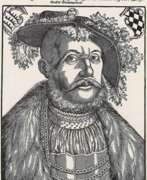

Hans Brosamer was a German draughtsman, printmaker and painter of the Renaissance period. His life has left hardly any documentary trace, other than his prints. His works include over 600 woodcuts, mostly illustrations for books of various sorts, but also a number of independent prints. He produced 38 engravings (as listed by Hollstein), and a number of drawings, mostly with his monogram. As a painter, a number of portraits of figures from the local elites, normally at half-length, are attributed to him. On account of the small size of his engravings he is counted among the Little Masters, and many of these are rather derivative of others in the group, such as Jacob Binck and Heinrich Aldegrever, and of Lucas Cranach the Elder in his portraits.
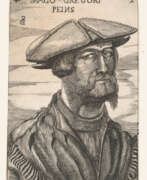

Georg Pencz was a German painter and engraver born in Nuremberg in 1500. He studied art under Albrecht Dürer and then moved to Italy, where he joined the Raphael school and studied engraving under Marcantonio Raimondi. He returned to Germany in 1528.
Most of the paintings painted by Georg Penz have allegorical and genre content, as well as portraits with good drawing and a warm, clear colouring. His work bears the hallmarks of the Raphael School, but is not a blind imitation of Raphael's work.
He is also famous for his engravings, having produced 126 prints which show the influence of the Italian Renaissance on his work rather than the German's pictorial creations. Some of his best-known works include Cupid and Venus (Munich Pinakothek), St Hieronymus (Stuttgart Museum Staatsgalerie Stuttgart) and Crucifixion (Vienna Gallery).
